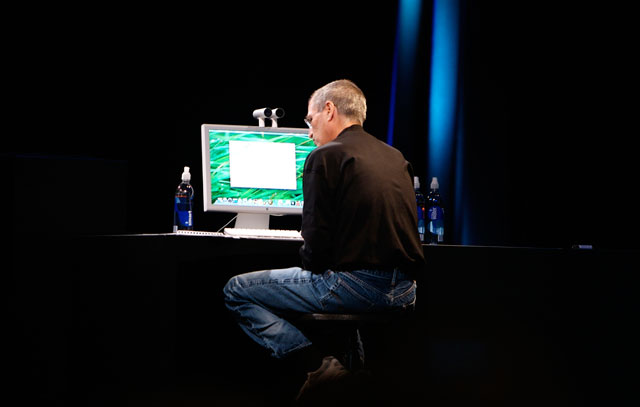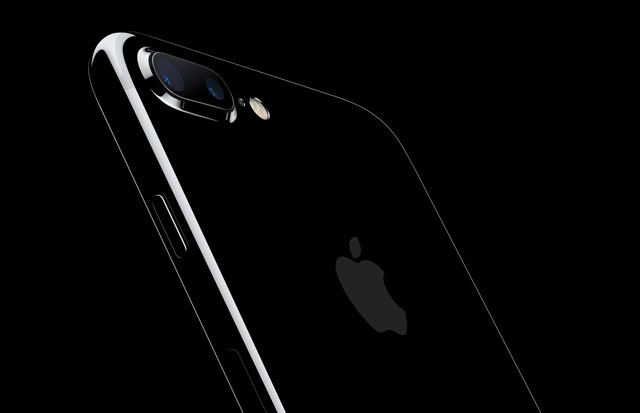
For the iPhone’s 10th anniversary, Apple is planning to release new and upgraded models later this year, with updated designs, improved cameras and better screens. But a more important product launch actually began in mid-March, when the company quietly reintroduced the discontinued, two-and-a-half-year-old iPhone 6 in several Asian countries and Eastern Europe.
That might sound dull. But for Apple, which is banking on the developing world for growth, it’s actually a far-sighted move. The company is acknowledging that smartphones have transitioned from elite niche products into mature technologies, owned by everyone and upgraded infrequently. And that means that boring reliability — not innovation — will define the iPhone’s future.
By now, most consumers know what they want from a smartphone (social media, text messaging, and so on). And better screens and cameras will only persuade so many to splurge on new models. That’s especially true in emerging markets. In Kenya, users cite social media as the primary reason for upgrading from a feature phone, and used smartphones — which go for as little as US$40 (about R500) — work just fine for accessing Facebook. True, the cheaper phones won’t look as good. But they do everything that late smartphone adopters want, and that’s good enough.
“Good enough” doesn’t sound great for Apple and other phone makers, which prosper off the relentless upgrade cycle. But many well-known products have followed the same path, from ground-breaking innovation to reliable, profitable, “good enough” staples. The KitchenAid Model K mixer revolutionised American kitchens when it was introduced in 1937, but has since changed only incrementally as it became a wedding-registry juggernaut. Maytag washing machines, Aermotor windmills, the Ford Model T, and the Browning M1911 pistol have gone much the same route.
Perhaps the product that most closely approximates the iPhone’s future is the venerable Selectric typewriter, from IBM. When IBM introduced the device in 1961, electric typewriters had already been around for decades. But the Selectric upended the business by enabling faster typing and the changing of fonts, thereby boosting productivity worldwide. The technology also came packaged in a sleek, minimalist case quickly recognized as a landmark in industrial design.
Sales exceeded forecasts from day one, and eventually the Selectric captured as much as 75% of the US typewriter market, as millions of office managers recognised that it provided exactly what they needed. But a device so perfectly suited to its customers’ demands didn’t need much in the way of upgrades, and IBM had trouble extending the line. The Selectric II, introduced in 1971, allowed users to change the number of characters typed per inch — helpful, but hardly essential to most office tasks. A third model was introduced at the dawn of the PC era, but by then, increased competition and changing consumer demands meant the Selectric’s days were numbered, and the line was discontinued in 1986. Yet it was hardly a failure. Its decades-long success helped finance other innovations at IBM, notably the PC.

In principle, the iPhone is becoming something similar: a tried-and-true model that simply matches customer needs. In Malaysia, where I live, one authorised reseller is promoting the iPhone 6 with a big red sign that promises “Amazing Phone, Amazing Price”, with no reference to the model name or vintage. A clerk told me that the phone is selling well, especially to younger customers who can’t afford a newer model but appreciate the iPhone’s reliability compared to most Android phones. Although not flashy, this approach should remain profitable for Apple for some time, and help pay the bills as it transitions to the next big thing.
It may sting Apple’s executives to learn that their iconic invention is evolving into the digital era’s equivalent of a typewriter or washing machine. But in recent years, Apple has pushed hard to expand its services and content business, and more iPhones — no matter how old — help meet that goal. If marketed well, the durability of the company’s older, duller phones could become an asset. Meanwhile, if Apple wants to maintain its reputation as an innovator, it should acknowledge the iPhone as the mature product it has become, and redirect its vaunted creative energy to something new. — (c) 2017 Bloomberg LP




